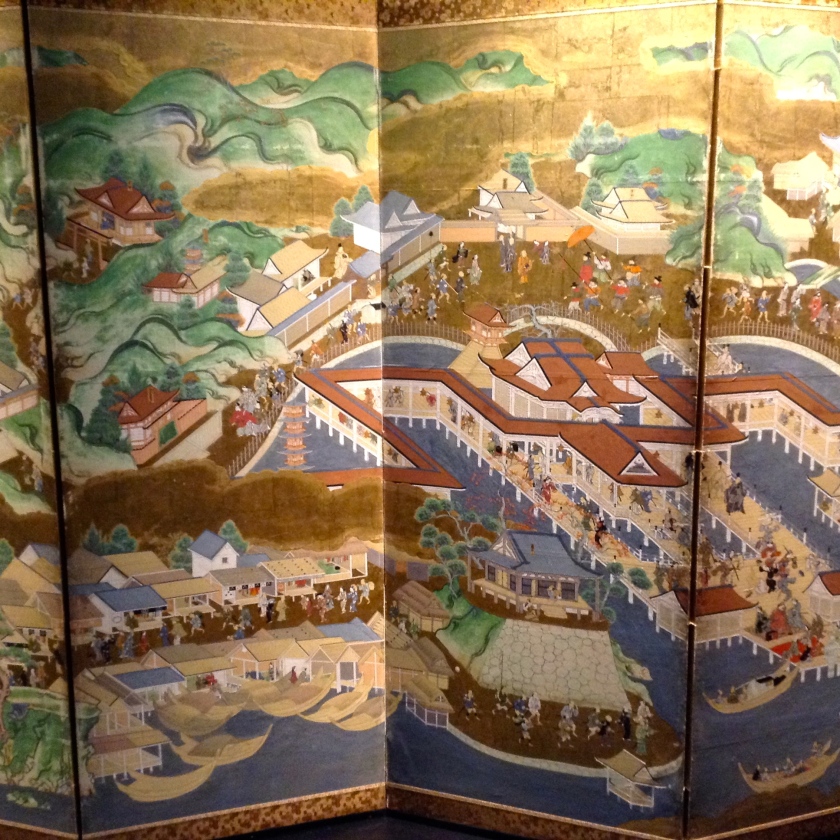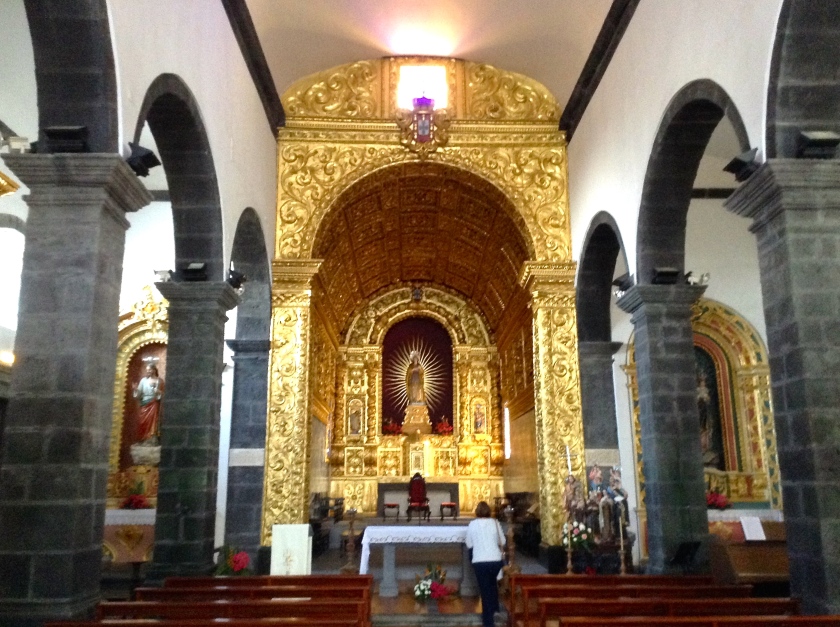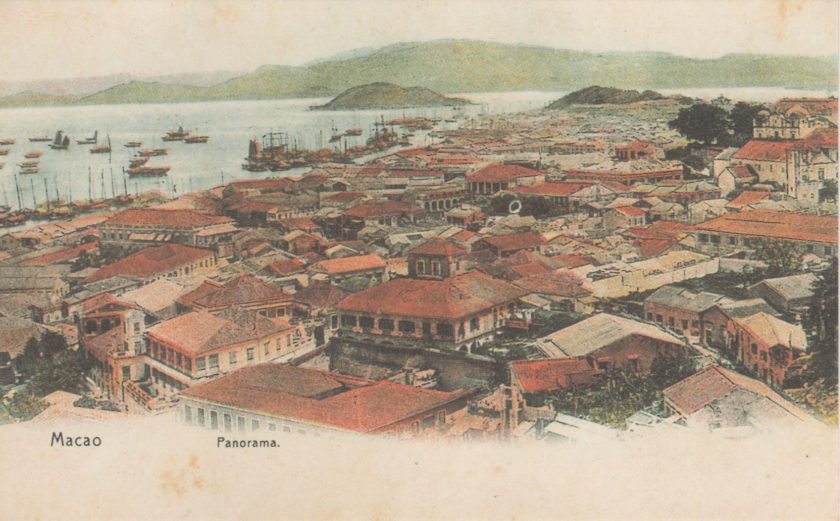
On our recent family holiday to the gorgeous Portuguese island of Madeira we walked around Monte Palace Tropical Garden, reckoned to be one of the most beautiful botanical gardens in the world.
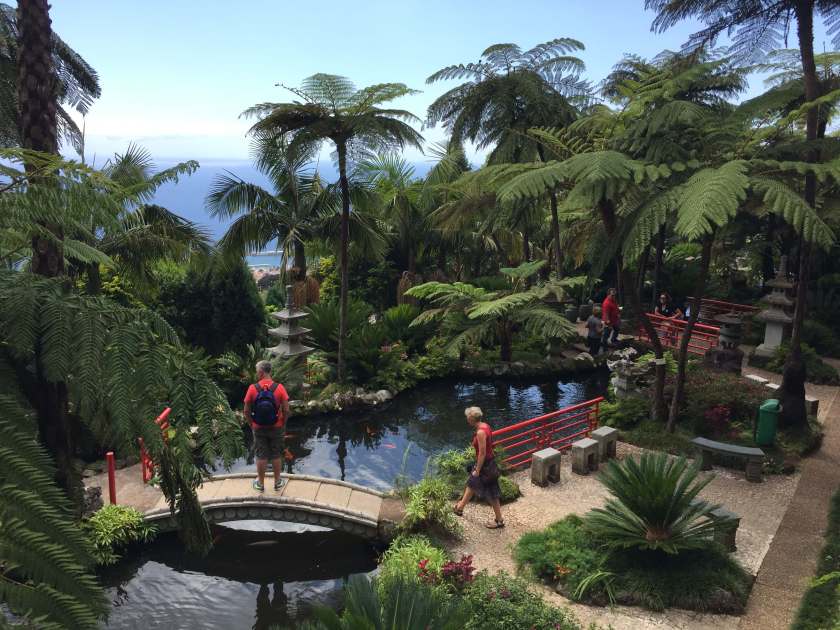
Madeira’s southerly location (same latitude as Marrakesh), moist Atlantic air and rich volcanic soil combine to provide ideal conditions for year-round, frost-free cultivation of all kinds of flora ranging from English roses to tropical bananas to native laurel trees.
Early British settlers on the island played an important role in the local economy and they spent their wealth on lovely estates and gardens where they could enjoy the healthy climate and great views.
Monte Palace was one of these estates, developed by Charles Murray, a Scottish merchant and British Consul from 1777-1801, high on a hill overlooking Funchal, the capital of Madeira. This home came to be known as Quinta do Prazer (Pleasure Estate).
The property was acquired by Alfredo Guilherme Rodrigues in 1897 who built the current house, inspired by castles he had seen on the banks of the Rhine. The house later became the Monte Palace Hotel until it was closed down in the 1940s. It is now owned by a charitable foundation which transformed the grounds into a tropical garden and museum open to the public.
The Tropical Garden covers seven hectares of sloping hillside and contains a fine collection of exotic plants from around the world including cycads, proteas, azaleas, hydrangeas, heather, sequoias, acacias and olives. People like us, visiting from Malaysia, can feel at home to see hibiscus, heliconia and orchids.
There are two oriental gardens with and koi fish ponds, with Japanese and Chinese style bridges, stone lions, pavilions and so on.

One of Portugal’s most important collections of tile panels dating from the 15th century up to contemporary works, depicting historical, religious or purely decorative designs is displayed along footpaths around the garden.

 A separate exhibition centre shows off the Berardo Foundation’s collection of stone sculptures from Zimbabwe and rocks and minerals from around the world.
A separate exhibition centre shows off the Berardo Foundation’s collection of stone sculptures from Zimbabwe and rocks and minerals from around the world.
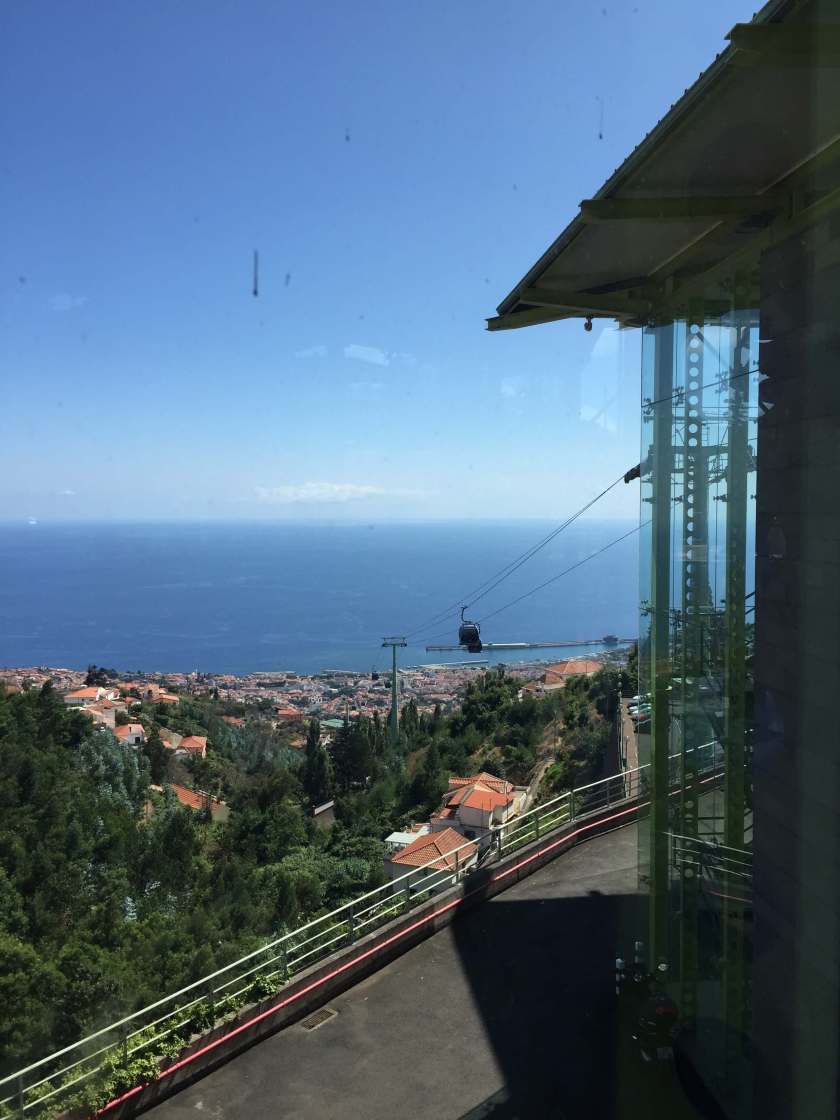
The best way to reach the Monte Palace Tropical Garden is by cable car (Teleféricos Da Madeira) from Funchal but it is possible to get a taxi or drive.
You can find details of opening hours, admission prices and location on Monte Palace’s official website, www.montepalace.com
If you still have energy after seeing the Tropical Garden there is another botanical garden in Funchal, Madeira Botanical Garden, which you can reach by a second cable car.









